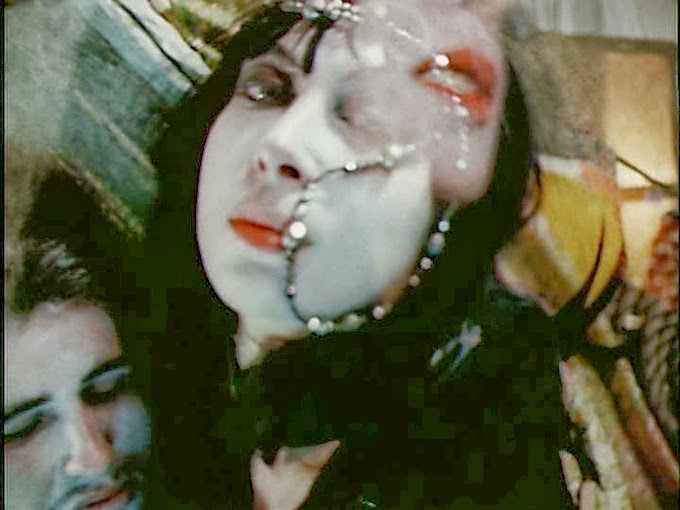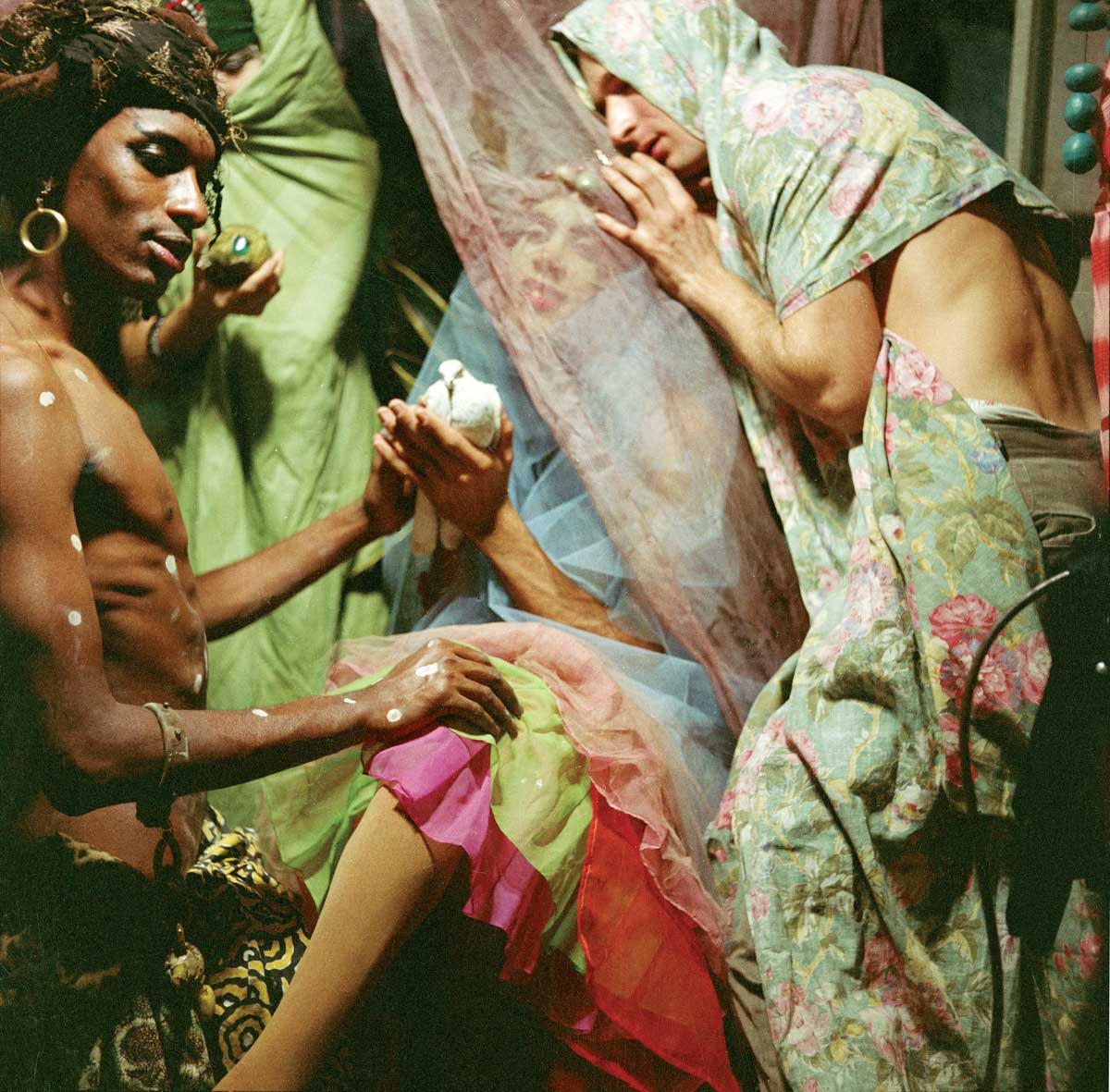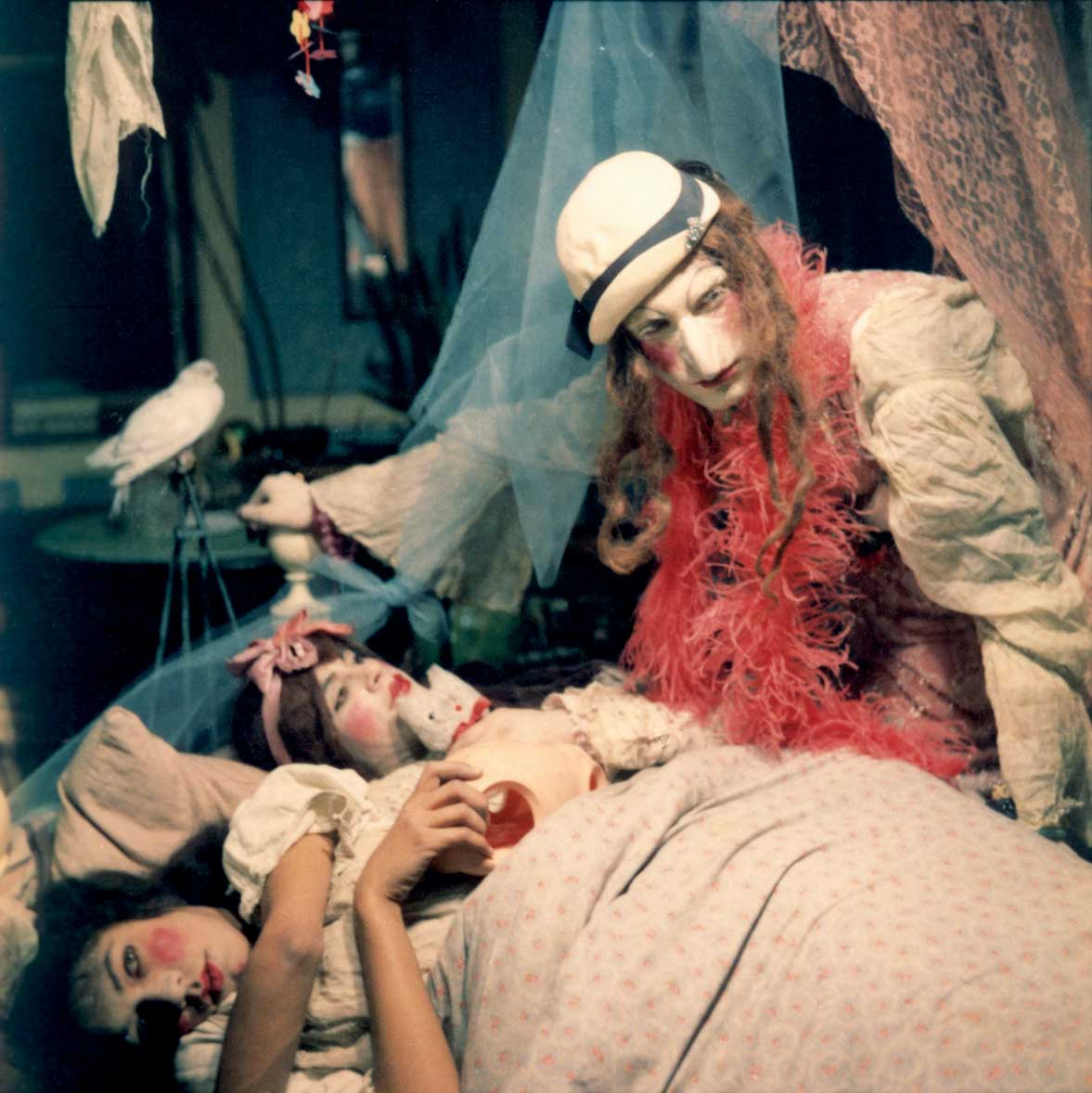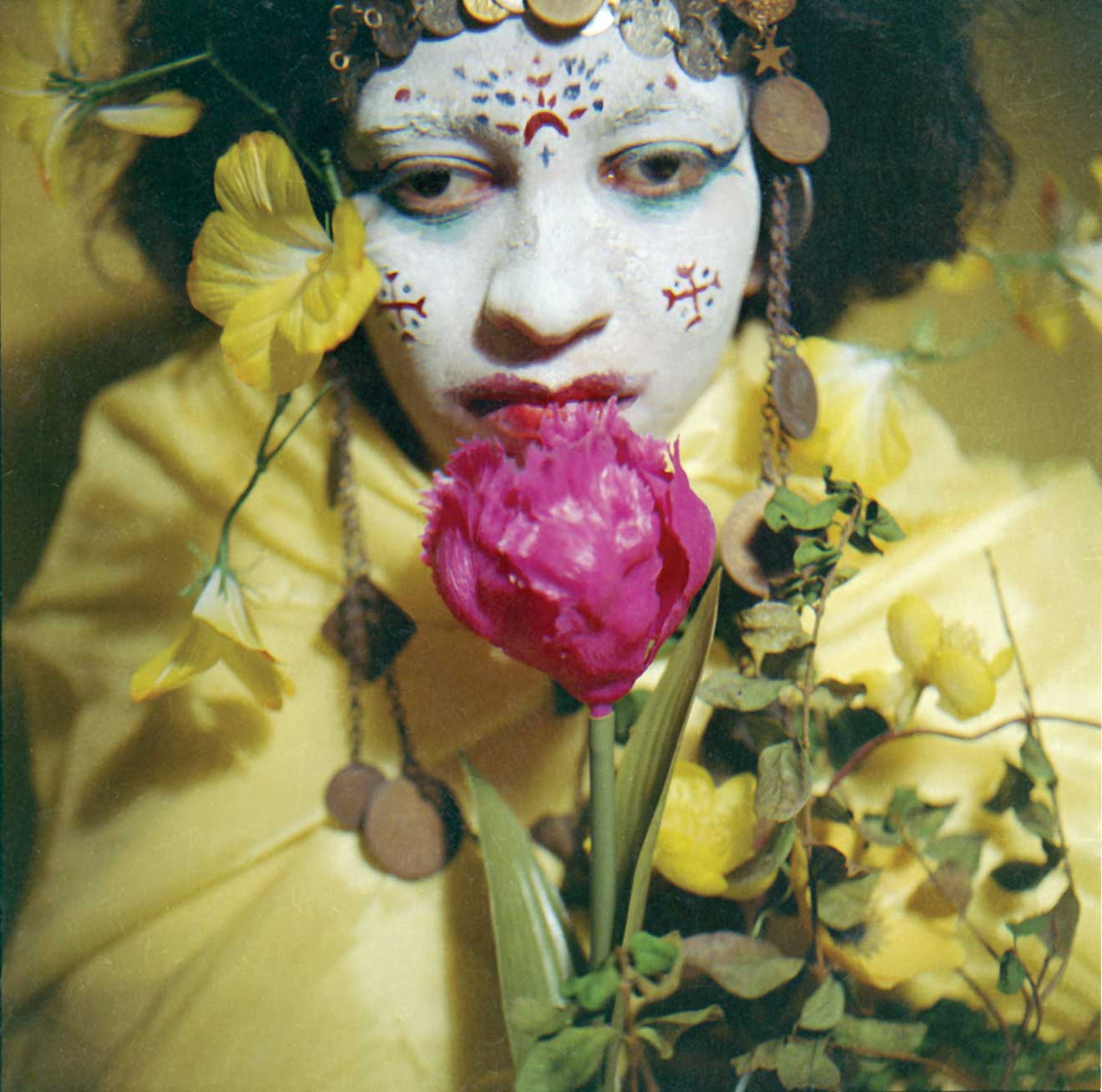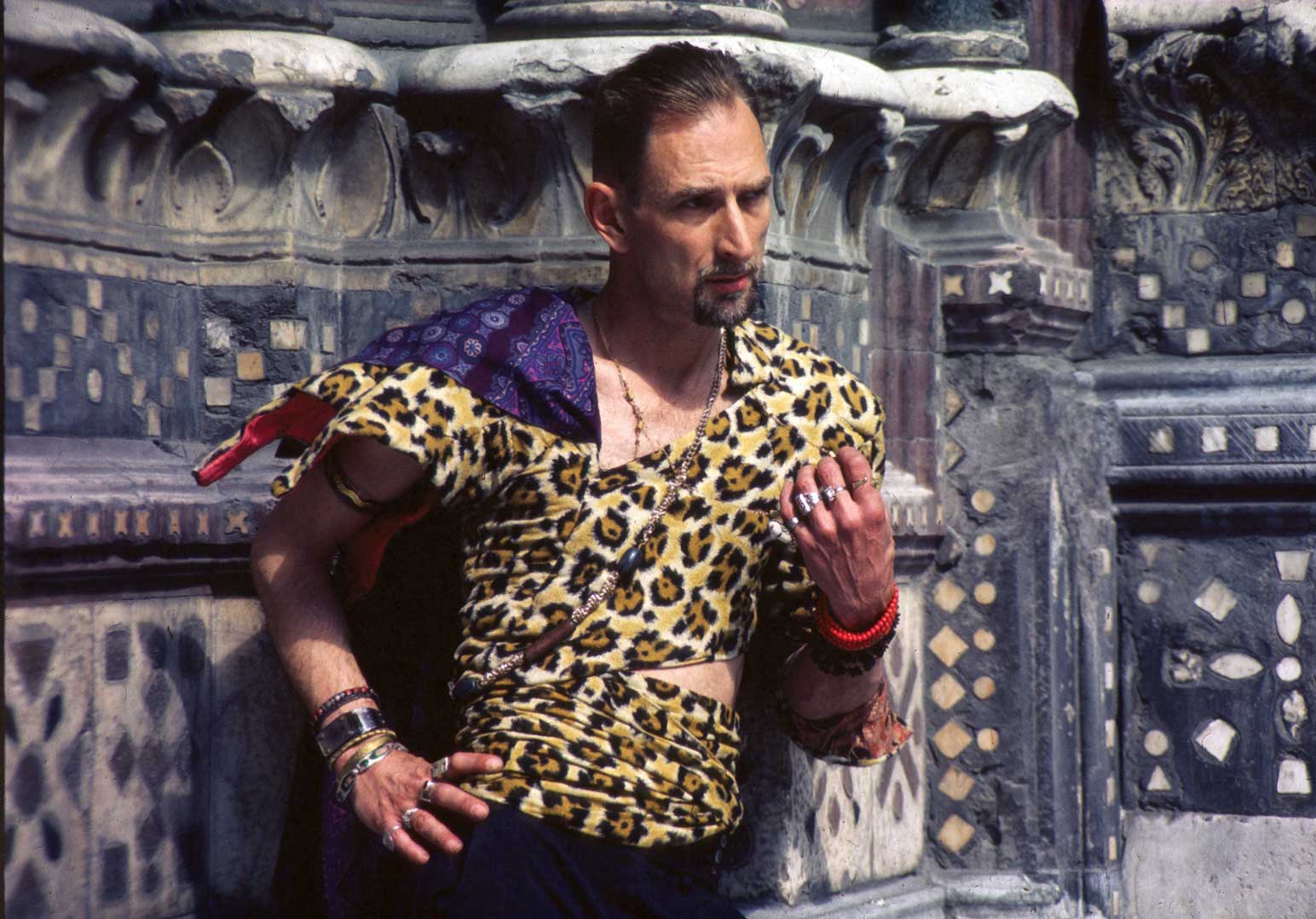Tony Conrad Collection nos. 17) 18)
Jack Smith
Les Evening Gowns Damneés:
56 Ludlow Street 1962–1964, Volume I
1997
Tony Conrad’s Audio artKive/
Table of the Elements
[Palladium] TOE-CD-46
Compact disc
Jack Smith
Silent Shadows on Cinemaroc Island:
56 Ludlow Street 1962–1964, Volume II
1998
Tony Conrad’s Audio artKive/
Table of the Elements
[Silver] TOE-CD-47
Compact disc
Tony Conrad's Audio ArtKive presents the first two volumes in a series of remarkable vintage recordings which feature the protean film-maker, photographer and performance artist Jack Smith (1932-1989). The material includes readings of short stories and other audio excursions (featuring musical accompaniment from the likes of Conrad, John Cale and Angus MacLise), as well as excerpts from Conrad's soundtrack to Smith's notorious and groundbreaking film Flaming Creatures (1962). Recorded in glistening monaural lo-fidelity at Conrad's 56 Ludlow Street studio between 1962—1964, these pieces reveal an important facet of Smith's artistic legacy, and offer a rare glimpse at one of that decade's most influential milieu.
"More than almost any artist of the last century Jack Smith understood that within the prevailing cultures of success, art’s greatest role may have been to provide provision for public failure. To this end his actors and accomplices, props and lighting, drugs and desires were invariably wrong: wrong before the performance had started – before even the lights had gone down. The marathon of tourettic revisions, false starts and delays signaled to the world the impossibility of creating anything of value in a rectilinear lagoon where even the dedicated and willing were dragged to the bottom-feeding level of landlords and lobsters. Yet out of these impossible conditions was born the stuff of exquisite beauty, radical politics, lurid, caustic, pornographic and often hilarious evocations of the sexual and social strata in which we find ourselves. Much of this endures even in conditions Smith would have most likely have loathed. But the fact that the same frictions that heated and formed his work continue to frustrate curators as well as inflame and inspire artists – including those who have agreed to continue the spirit and legacy with works created for this show - is, I hope, testament to the enduring power and influence of Jack Smith’s extraordinary art."
Neville Wakefield
"Brilliant is an overused word, but it is the only one that will do for Smith. He was a difficult man who made an art of radical absurdity, one that recasts notions of beauty and authenticity in a new language — pansexual, by most lights grotesque — without abandoning the core concepts themselves. ... And he lived more or less the life he preached — a cross between agent provocateur and struggling student — to the end of his days.
"This isn't a model with much cachet at the moment. Maybe the streets have become too mean, or too soft to encourage it. Art schools turn out professionals; art itself often comes bite-size and neat as a pin. But Smith's work was the opposite of that. For him, one suspects, art wasn't bigger or smaller than life; it was life — messy, silly, awful, grand and above all transformative."
Holland Cotter, New York Times
"I genuflect before Jack Smith, the only true 'underground' film-maker."
John Waters
"He was uncompromising. He had everything."
Robert Wilson
"Gadfly, trickster, visionary — Jack Smith changed the art world. In wht seems like tamer times, it's great to look back at a genuine and truly out-there revolutionary."
Laurie Anderson



